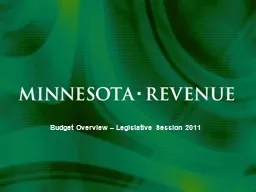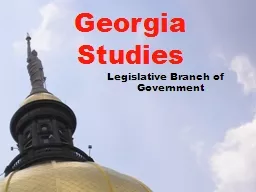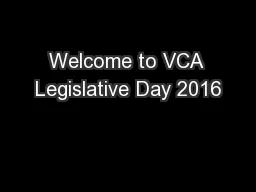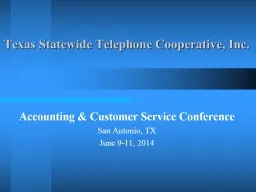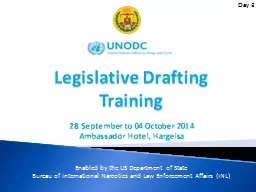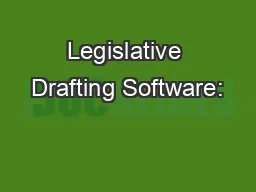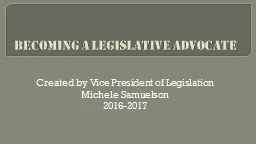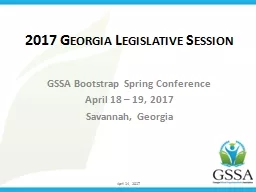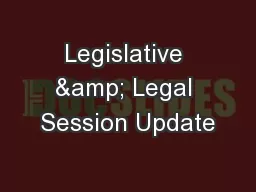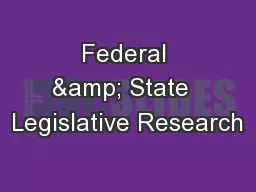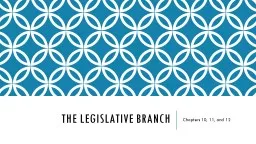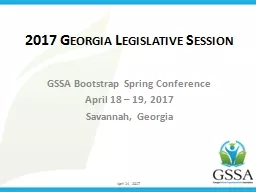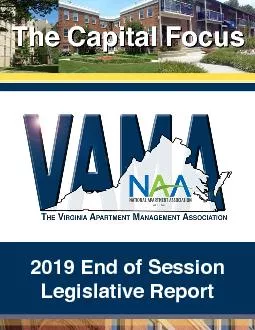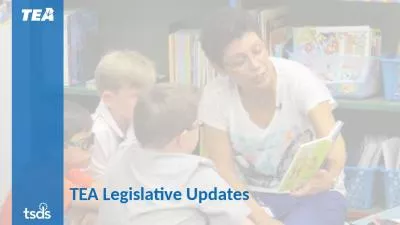PPT-Budget Overview – Legislative Session 2011
Author : aaron | Published Date : 2018-03-23
Our mission is to make the revenue system work well for Minnesota Vision Everyone pays the right amount no more no less Mission Compliance Cycle Interpret the
Presentation Embed Code
Download Presentation
Download Presentation The PPT/PDF document "Budget Overview – Legislative Session..." is the property of its rightful owner. Permission is granted to download and print the materials on this website for personal, non-commercial use only, and to display it on your personal computer provided you do not modify the materials and that you retain all copyright notices contained in the materials. By downloading content from our website, you accept the terms of this agreement.
Budget Overview – Legislative Session 2011: Transcript
Download Rules Of Document
"Budget Overview – Legislative Session 2011"The content belongs to its owner. You may download and print it for personal use, without modification, and keep all copyright notices. By downloading, you agree to these terms.
Related Documents

